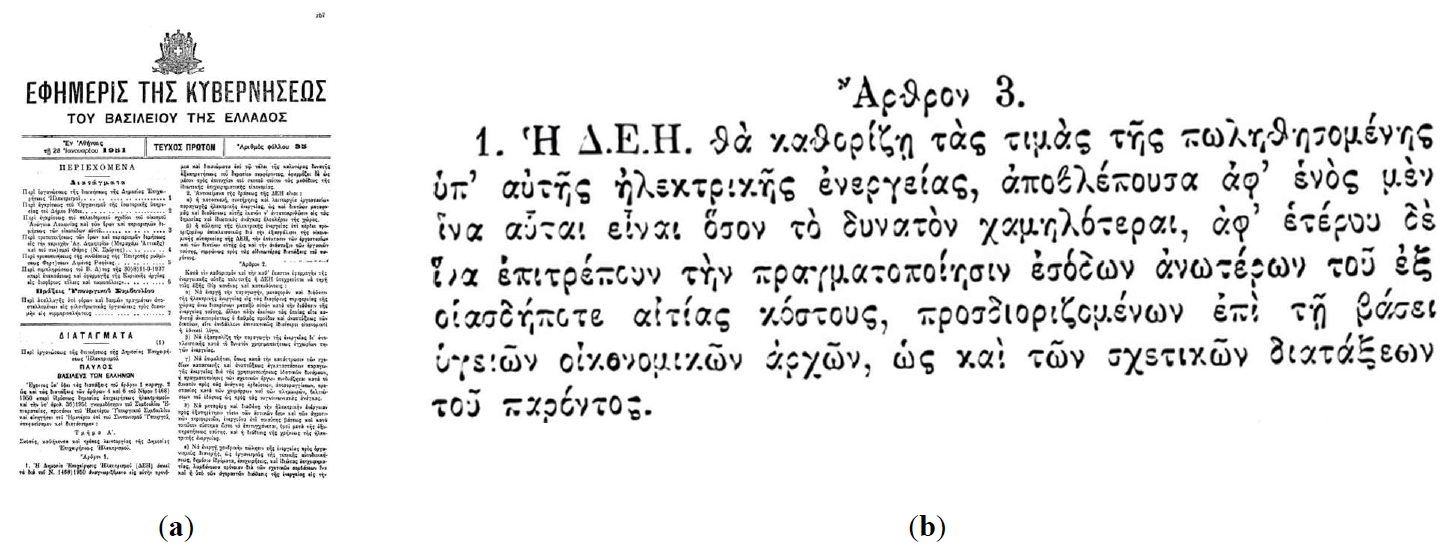Found 297 results
Article
18 December 2024EU Energy Law: Insufficient for the 1.5-Degree Celsius Limit—The Examples of EU Emissions Trading and Hydrogen Policies
This article examines the extent to which the current EU climate protection law fulfils the 1.5-degree limit from Article 2 of the Paris Climate Agreement. To this end, a qualitative governance analysis is applied. On this methodological basis, the main instrument for fossil phasing-out—the emissions trading scheme—and the promotion of hydrogen are discussed as examples. The results show that the EU must further intensify its efforts on its territory and cooperate with other countries since the reformed ETS 1 and ETS 2, the SCF and the CBAM are not sufficiently effective to stay within the 1.5-degree limit of the Paris Agreement. This is also the case with regard to hydrogen policies. The primary focus of energy law on the ETS is therefore fundamentally convincing; however, it should be implemented more consistently, for example, in terms of the breadth of the approach, closing loopholes and the level of ambition.
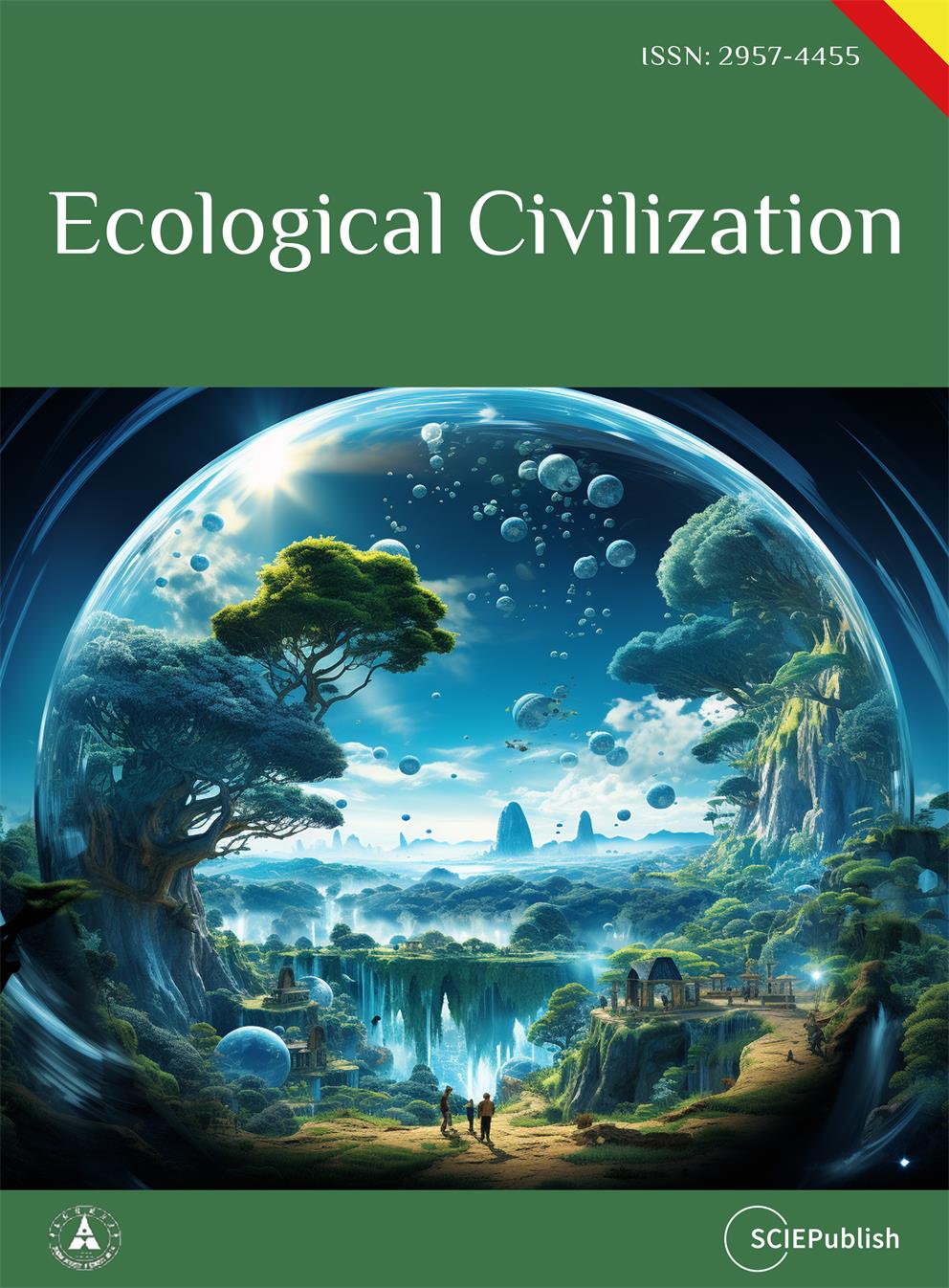
Article
16 December 2024Exploring the Values of Sustainability and the Cost of Going Green: A Case of Building Research Establishment Environmental Assessment Method (BREEAM)
Despite the expansion of BREEAM and the benefits of adopting sustainable building practices, there are concerns that the cost of going green may outweigh the benefits. Whilst previous studies have not provided adequate clarity in this regard, there is consensus among scholars that BREEAM provides indirect benefits that can be considered as added value. This paper aims to investigate the potential cost implication and benefits of sustainable building practices from the lens of the Building Research Establishment Environmental Assessment Method (BREEAM) in the UK. Adopting survey research strategy, questionnaires, and interviews with 34 construction industry professionals in Southeast England were conducted to investigate their perceptions of BREEAM, the extra value it contributes to projects, and the possible limitations hindering its wider adoption. Findings show that while there is an upfront investment associated with achieving BREEAM certification, the benefits of such certification include added values such as improved environmental performance, increased market appeal, improved indoor air quality, reduced carbon emissions, and lower operational costs. This study validates the need to encourage wider adoption of sustainable building practices and promote the use of the BREEAM methodology in the UK. This research provides a foundation for future research and development in this area, with the goal of reducing carbon emissions and promoting sustainable development.
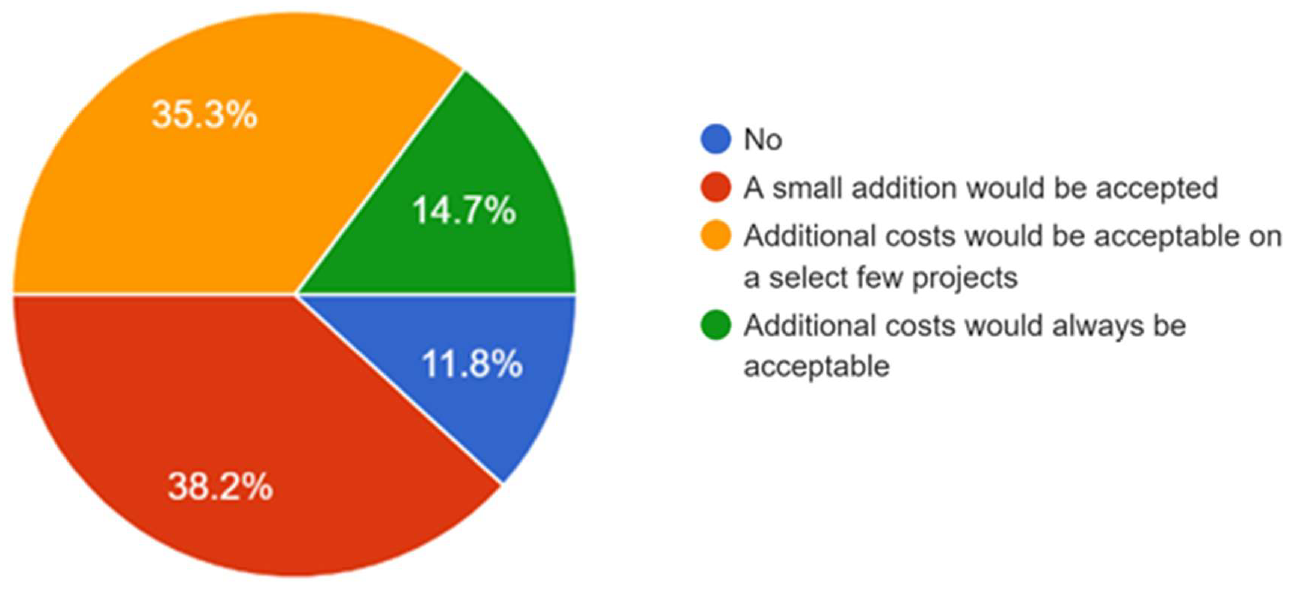
Research Highlight
13 December 2024F-ZrO2 Based, Solar Driven Photocatalytic Production of High-Purity CO from Formic Acid
High-purity carbon monoxide is crucial for various industrial applications, but current production methods are costly and require complex purification steps. A photothermal approach has been explored for producing high-purity carbon monoxide from formic acid, optimizing conditions to favor the dehydration pathway and minimizing hydrogen contamination. Using zirconium dioxide-based catalysts and sunlight-driven processes enhances efficiency, achieving high-purity carbon monoxide with reduced hydrogen by-products. The photothermal technique offers a promising, sustainable method for high-purity carbon monoxide production from formic acid, which could significantly reduce industrial costs and environmental impact.
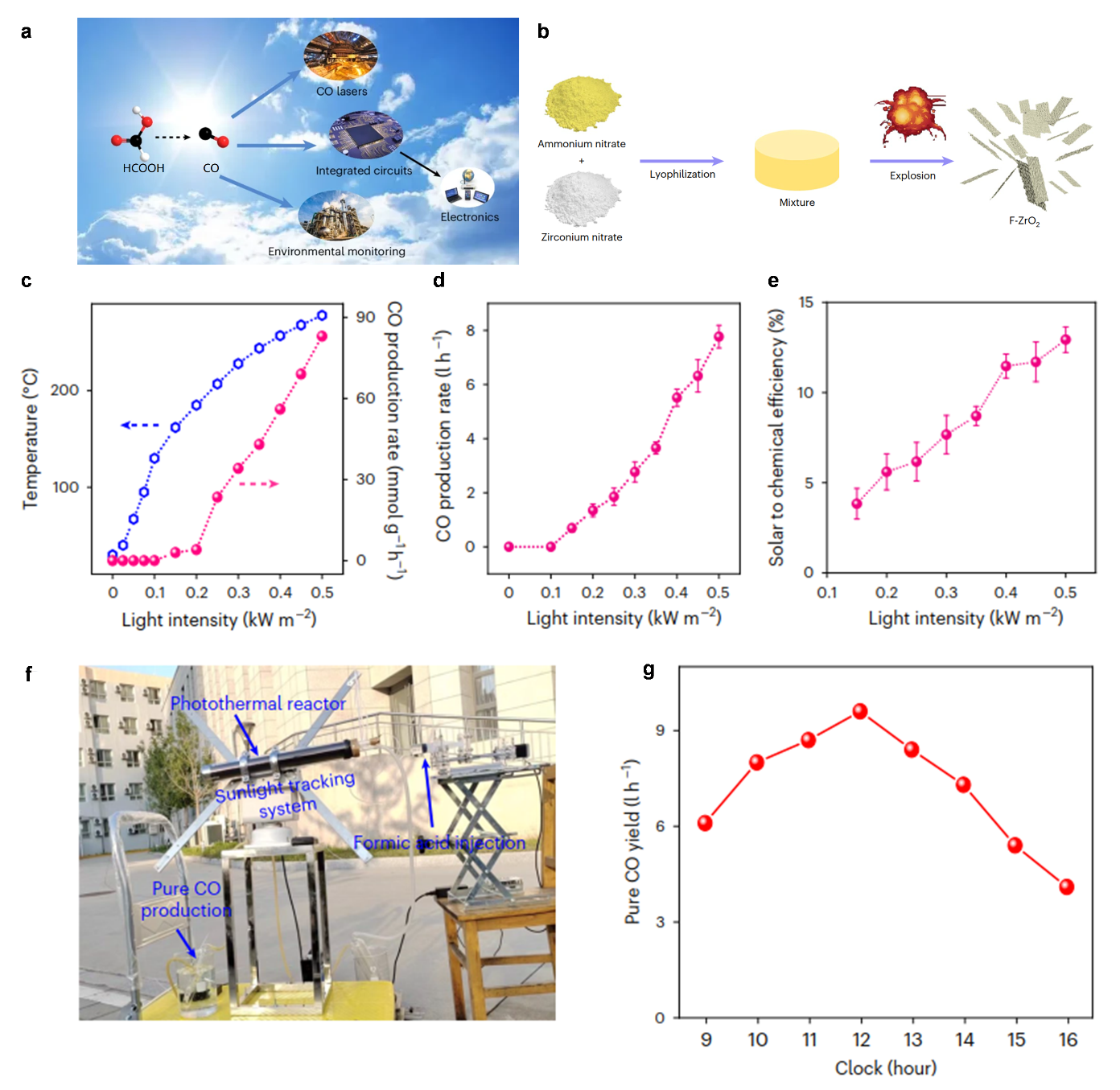
Article
12 December 2024Adsorption of Bisphenol A and 2,6-Dichlorophenol in Water Using Magnetic Phosphogypsum Composite Materials
Phenolic pollutants in water bodies pose a huge threat to human health and environmental safety. In this paper, a hydrophobicity-enhanced magnetic C-SiO2/MPG composite was prepared by a two-step method to remove bisphenol A (BPA)and 2,6-dichlorophenol (2,6-DCP), typical phenolic trace pollutants in livestock wastewater and natural water bodies. The results of pH gradient experiments showed that C-SiO2/MPG showed a stable removal effect on BPA in the pH range of 2–11. The adsorption of 2,6-DCP by C-SiO2/MPG peaked at pH = 2, while the adsorption of 2,6-DCP by C-SiO2/MPG was severely inhibited under alkaline conditions. The PSO kinetic model and the Langmuir isotherm model can better describe the adsorption process of BPA and 2,6-DCP on C-SiO2/MPG, indicating that the monolayer chemical adsorption has a rate-controlling step. With the Langmuir equation fitting, the maximum adsorption capacity of C-SiO2/MPG for BPA and 2,6-DCP at 298 K was calculated to be 561.79 mg/g and 531.91 mg/g, respectively. The results of adsorption thermodynamics indicated that the adsorption of BPA and 2,6-DCP on C-SiO2/MPG was spontaneous, accompanied by a process of entropy decrease. C-SiO2/MPG showed good environmental resistance and repeated use stability for BPA and 2,6-DCP in electrolyte ion interference, actual water samples and cycle experiments. Mechanism analysis showed that the adsorption of BPA and 2,6-DCP on C-SiO2/MPG was mainly controlled by hydrogen bonding and hydrophobic interactions. This study designed an efficient adsorbent for phenolic pollutants that can be used in actual wastewater and broadened the resource utilization of industrial waste phosphogypsm.

Article
10 December 2024Sailing the X.0 Wave Theory: Navigating the Future of Civilization
This paper delves into the X.0 Wave/Tomorrow Age Theory, a comprehensive framework conceived, invented, introduced, and developed by Prof. Dr. Hamid Mattiello between 2010 and 2017, to analyze the evolution of human civilization through distinct epochs of knowledge, technology, and business (KTB). The theory segments history into transformative waves, from the first development (X.0 ≤ 1.0) and Agricultural Age (X.0 = 1.0) and the X.0 Wave/Tomorrow Age Theory (2.1 ≤ X.0 ≤ 2.2) spanning the 17th Century to 1870, to the current Age of Artificial Intelligence (X.0 = 4.0). It also projects into the anticipated Human Age (X.0 = 5.0) and Transhuman Age (X.0 = 6.0) and beyond (6.0 ≤ X.0). Each wave represents a revolutionary phase characterized by significant advancements that shape societies, industries, and technologies. The X.0 Wave Theory integrates these historical phases with the Seven Pillars of Sustainability (7PS) to evaluate their societal impacts. The paper explores how these waves influence future developments by examining historical roots, emerging technological paradigms, and socio-economic dynamics. It examines how advancements in AI, biotechnology, and virtual reality are reshaping industries and global business practices, while also addressing the ethical and sustainability considerations essential for navigating these changes. By forecasting future trends, confronting current challenges, and preparing for potential crises, the X.0 Wave Theory offers a robust framework for understanding and adapting to the rapid pace of technological evolution. This paper provides deep insights into how these transformative waves shape our past, present, and future, offering valuable perspectives for navigating the complexities of an increasingly digital and interconnected world.

Review
09 December 2024The Multifaceted Roles of Neutrophil Death in COPD and Lung Cancer
Chronic obstructive pulmonary disease (COPD) and lung cancer are closely linked, with individuals suffering from COPD at a significantly higher risk of developing lung cancer. The mechanisms driving this increased risk are multifaceted, involving genomic instability, immune dysregulation, and alterations in the lung environment. Neutrophils, the most abundant myeloid cells in human blood, have emerged as critical regulators of inflammation in both COPD and lung cancer. Despite their short lifespan, neutrophils contribute to disease progression through various forms of programmed cell death, including apoptosis, necroptosis, ferroptosis, pyroptosis, and NETosis, a form of neutrophil death with neutrophil extracellular traps (NETs) formation. These distinct death pathways affect inflammatory responses, tissue remodeling, and disease progression in COPD and lung cancer. This review provides an in-depth exploration of the mechanisms regulating neutrophil death, the interplay between various cell death pathways, and their influence on disease progression. Additionally, we highlight emerging therapeutic approaches aimed at targeting neutrophil death pathways, presenting promising new interventions to enhance treatment outcomes in COPD and lung cancer.
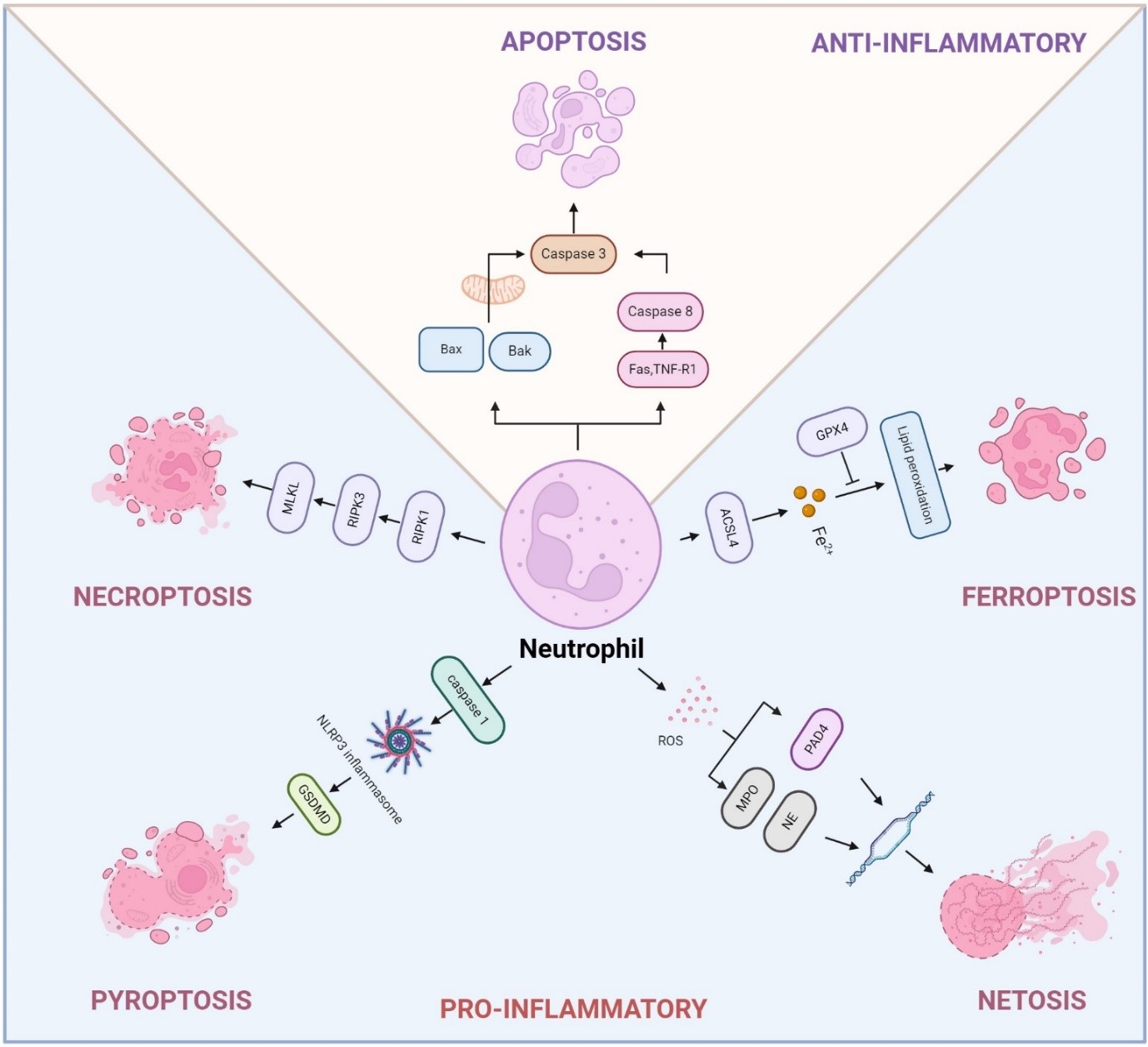
Article
03 December 2024Pathway Engineering of E. coli for Production of Fritschiellaxanthin and Other Carotenoids with α-Carotene Backbone and Their Singlet Oxygen-Quenching Activities
Some photosynthetic organisms are capable of biosynthesizing carotenoids (xanthophylls) with α-carotene backbone, that is, α-carotene-derived carotenoids, such as (3R,3′R,6′R)-3,3′-dihydroxy α-carotene (lutein). Except for lutein, such carotenoids are minor compounds in nature. In this study, α-carotene-derived carotenoids were produced with E. coli. To achieve this, carotenoid biosynthesis genes from the bacterium Pantoea ananatis containing the 4-β-ketolase (crtW) gene with/without the 3-β-hydroxylase (crtZ) gene, in addition to crtEBI genes, and biosynthesis genes (MpLCYb, MpLCYe, and MpCYP97C) from liverwort Marchantia polymorpha, along with the HpIDI gene, were cloned into plasmids. The transformed E. coli cells biosynthesized (3S,3′R,6′R)-3,3′-dihydroxy-4-keto-α-carotene (fritschiellaxanthin (4-ketolutein)), (3′R,6′R)-3′-hydroxy-4-keto-α-carotene (4-keto-α-cryptoxanthin), and (3′R,6′R)-3′-hydroxy-α-carotene (α-cryptoxanthin), as carotenoids that have not been produced by a heterologous microbial system so far. These carotenoids show potent singlet oxygen-quenching activity.
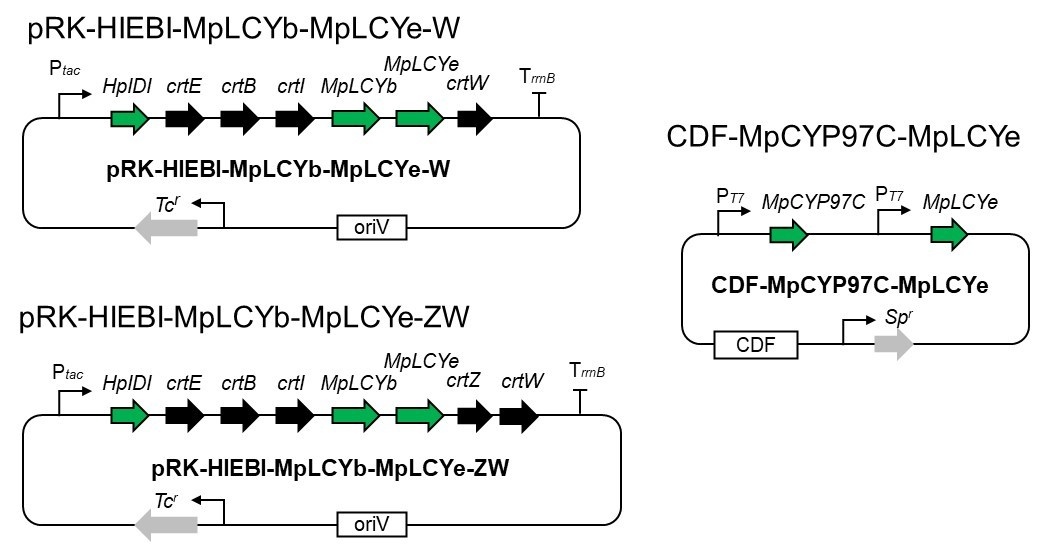
Review
02 December 2024The Interplay of Heart Failure and Lung Disease: Clinical Correlations, Mechanisms, and Therapeutic Implications
Heart failure (HF) is a common clinical syndrome marked by reduced cardiac output, elevated intracardiac pressures, and heart dysfunction. Chronic HF (CHF) is a syndrome characterized by a lack of blood flow and impaired pumping ability to the heart over time, while acute HF (AHF) arises suddenly due to incidents like myocardial infarction or cardiac arrest. HF has a significant impact on pulmonary health and function, leading to conditions such as pulmonary edema and restrictive lung patterns. Clinical evidence highlights the bidirectional relationship between HF and lung dysfunction. Declining lung function serves as a predictor for HF progression and severity, while HF contributes to worsening lung health. Animal models that induce HF through surgical methods further demonstrate the connection between heart and lung pathology. The main mechanisms linking HF and lung dysfunction are pressure overload and chronic systemic inflammation, with changes in the extracellular matrix (ECM) also playing a role. Additionally, environmental factors like air pollution exacerbate lung inflammation, increasing the risk of both HF and chronic obstructive pulmonary disease (COPD) incidence. Combined treatment approaches involving pharmaceutical drugs such as statins, Angiotensin-converting enzyme (ACE) inhibitors, and Angiotensin receptor blockers (ARBs) may benefit by reducing inflammation. This review will explore the complex interplay between HF and lung function, emphasizing their interconnected pathophysiology and potential integrated treatment strategies.
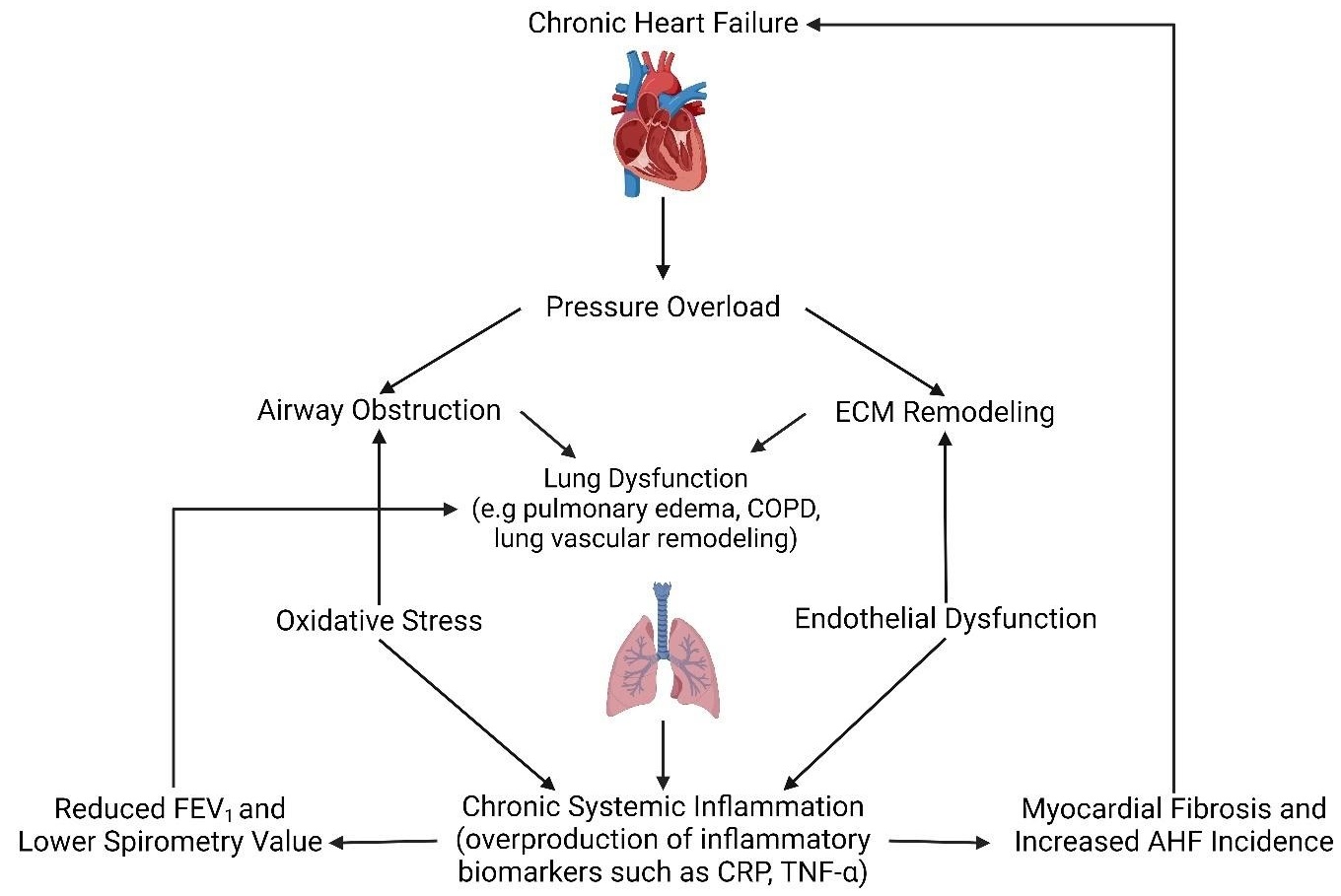
Article
28 November 2024Correlations of System Degradation, Losses and Significant Parameters for 49 MW Large Scale Solar Plant with Real Site Data Validations
A smooth transition towards a clean and sustainable environment will heavily rely on the continuous increase of renewable energy (RE) integration. Malaysian authorities have set targets to increase the RE capacity to 31% by the end of 2025 and achieve 40% by 2035, specifically through the power generation plan. Solar PV systems have been widely used, from industries to residential homes, because Malaysia receives a high irradiation potential of up to 5000 Wh/year. The increase in the potential of solar PV usage has allowed solar companies to provide this system regardless of its complexity and system size. However, a drop in efficiency due to system parameters within the photovoltaic (PV) system is evident over time. This study aims to analyze the relationship between solar PV system parameters and their energy performance, particularly in a tropical climate region, for a large-scale solar (LSS) plant. This project was undertaken with two objectives: First, it is to develop an optimum solar PV system by adhering to and implementing GCPV standards in Malaysia. Stage 1 will primarily focus on managing and manipulating various PV system parameters to ensure the optimum energy yield received from the plant. The system parameters analyzed are tilt angle, module technology and its effect on different temperatures, the effect of the optimizer, sizing and thermal loss. Stage 2 will then incorporate the industry data of the LSS plant by creating a Pearson’s Correlation model on how energy yield is correlated against real time system parameter values obtained. An optimum tilt angle of 10°, monocrystalline module and inclusion of optimizer increases the overall energy production from 88,986 MWh/year to 89,782 MWh/year and performance ratio (PR) from 78.9% to 79.8%. The outcome of this study demonstrates the significant parameters of the PV system to maximize the energy output to the grid. This will further support the government’s plan to reduce GHG emissions by 45% through the use of renewable energy, with the aim of producing up to 2.5 GW from LSS systems by 2030.
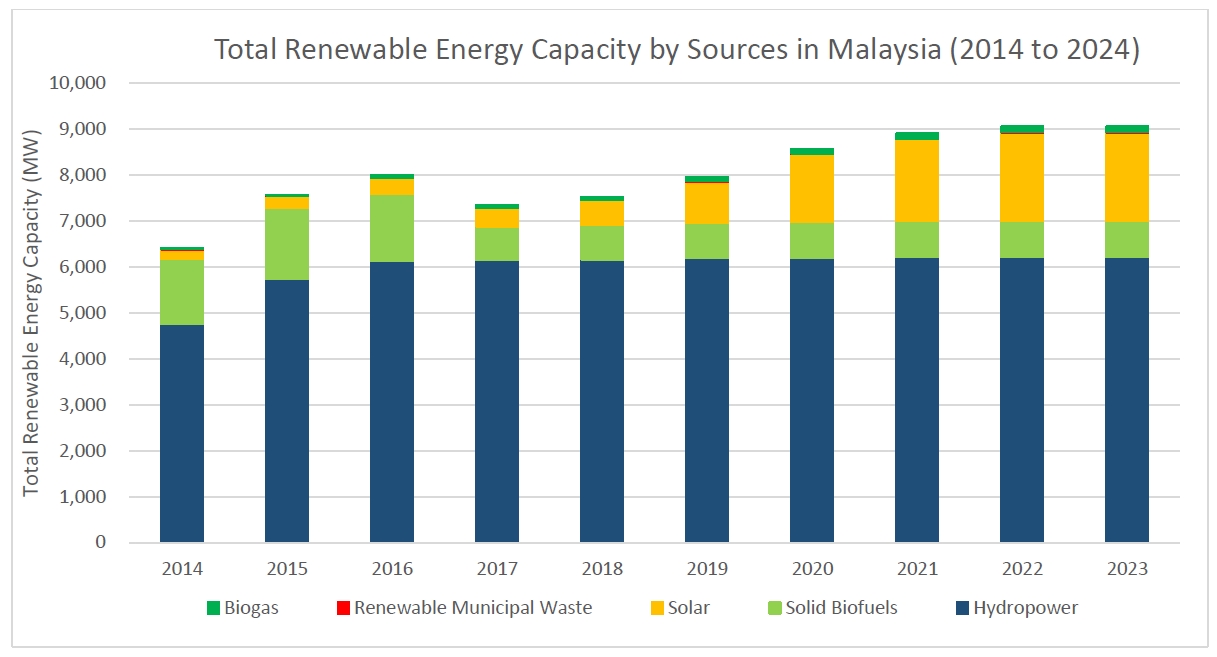
Article
28 November 2024A Review of the Energy Policy in Greece in the Last 50 Years and Its Implications for Prosperity
This paper elucidates the development of electricity production and distribution in Greece from the 1950s to date, in correlation with national and European energy policy. During this period, Greece experienced a multifaceted energy transition, including both the transition of ownership of energy generation companies from public to private and a transition from an energy mix in which coal (lignite) served as a major and inexpensive resource to a mix in which wind power, solar power and natural gas gained a primary role, but with high costs for energy generation. The correlation between electrical energy consumption and economic growth is explored in this context, revealing an increase in consumption before the 2009 recession and a decline thereafter. The study investigates the correlation between escalating electricity prices and legislative dependencies that mandated the purchase of wind- and solar-generated electricity at exorbitant rates, the closure of cost-effective lignite units, and the reliance on natural gas—a commodity susceptible to geopolitical shifts. It also shows that, given the structure of the Greek energy mix, the increase in the share of wind and solar energy in the mix is directly related to the increase in the price of electricity. Highlighting the importance of energy costs for prosperity, this paper underscores, through the detailed review of the Greek energy “landscape”, that the major determinants of electricity prices are both the accessibility to natural resources but also their proper and judicious management.
